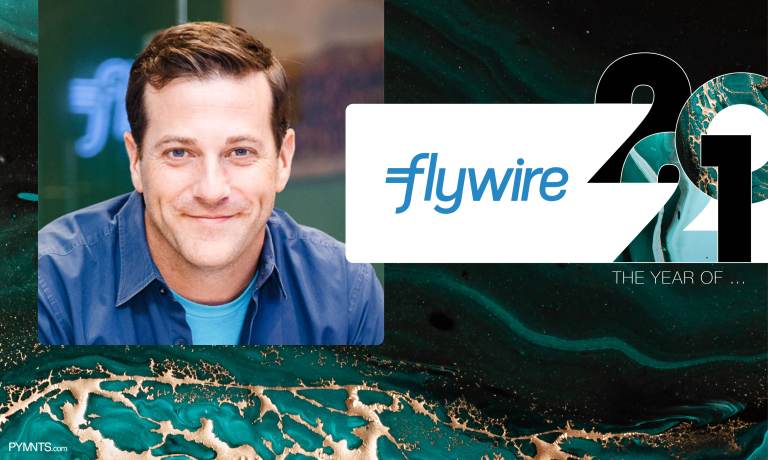Flywire: 2021 was the Year of Digital-First

As consumers demand more digital-first engagement, software is transforming payment processes to meet critical business needs across industries, says Mike Massaro, CEO of Flywire. Read his thoughts in the PYMNTS eBook, “In a Word: 50 Thought Leaders Sum Up 2021.”
The digitization of payments has been a steady force over the years, but the pandemic put it into overdrive, forcing many businesses and institutions to make the shift permanently. This is true even in industries that have historically been digitally underserved. Digital-first payment processes (and the software behind them) have become the status quo. And as consumers demand more digital-first engagement, the software is transforming payment processes to meet critical business needs across industries.
Take higher education, for example. Cost has been a concern since long before the pandemic — for both international and domestic students. On the international side, the complexities and challenges of paying tuition and education expenses via international bank transfer or wire service only add to the stress and cost.
In 2021, Flywire surveyed more than 1,400 students from seven different countries on the topic. Students are clearly looking for help. Seventy-nine percent say a simplified payment process would improve their higher ed experience. Seventy-three percent say the option to pay in installments would make it more affordable. Schools are now using software to do both — and address the unique financial circumstances of different students in the process.
In healthcare, digital is also on the rise. In a recent survey of more than 1,000 patients in the U.S., 65% who paid their medical bills online for the first time during COVID-19 plan to continue using online methods going forward. Software is doing a lot more than just enabling digital payments, though. Healthcare providers are using analytics to build personalized payment plans that boost collection and empower patients by estimating the costs of medical procedures before patients commit. These capabilities enable patients to act less like patients and more like consumers. As they take on a greater share of their healthcare expenditures, they are demanding payment solutions that give them more control by making the process more transparent, manageable and affordable. In short, they expect it to be more like the rest of their life — i.e., digital.
The travel industry is responding to digital demand as well. In a survey of 800-plus frequent leisure travelers from five different countries, 89% said that ease of payment was important, and 70% said it impacted their choice of travel agent and/or tour operator. In addition to streamlining payment processes, travel companies are using software to incorporate buy now, pay later (BNPL) type capabilities, and allow split payments for groups. The reality is that operators can no longer worry about how the traveler will pay after the fact. Payment needs to be part of the overall value proposition they offer upfront.
B2B companies are also leaning on software-driven payment capabilities to improve their businesses. Flywire recently surveyed over 300 executive-level finance professionals in manufacturing, technology, consumer goods and professional services. Businesses are leaving money on the table due to antiquated payments infrastructure and processing. As many as 55% reported monthly revenue losses of between 4% and 5%, and almost a quarter (23%) lose 6% to 10%. The majority attributed the losses to time spent dealing with accounts receivable (AR). Digital payment solutions are streamlining these processes, providing more transparency into AR, and enabling finance professionals to be more strategic about growing their businesses.
Digital payments arrived in full force in 2021 thanks to the pandemic. And they will stay for good, because of the strategic impact they deliver for the businesses and institutions that deploy them.
